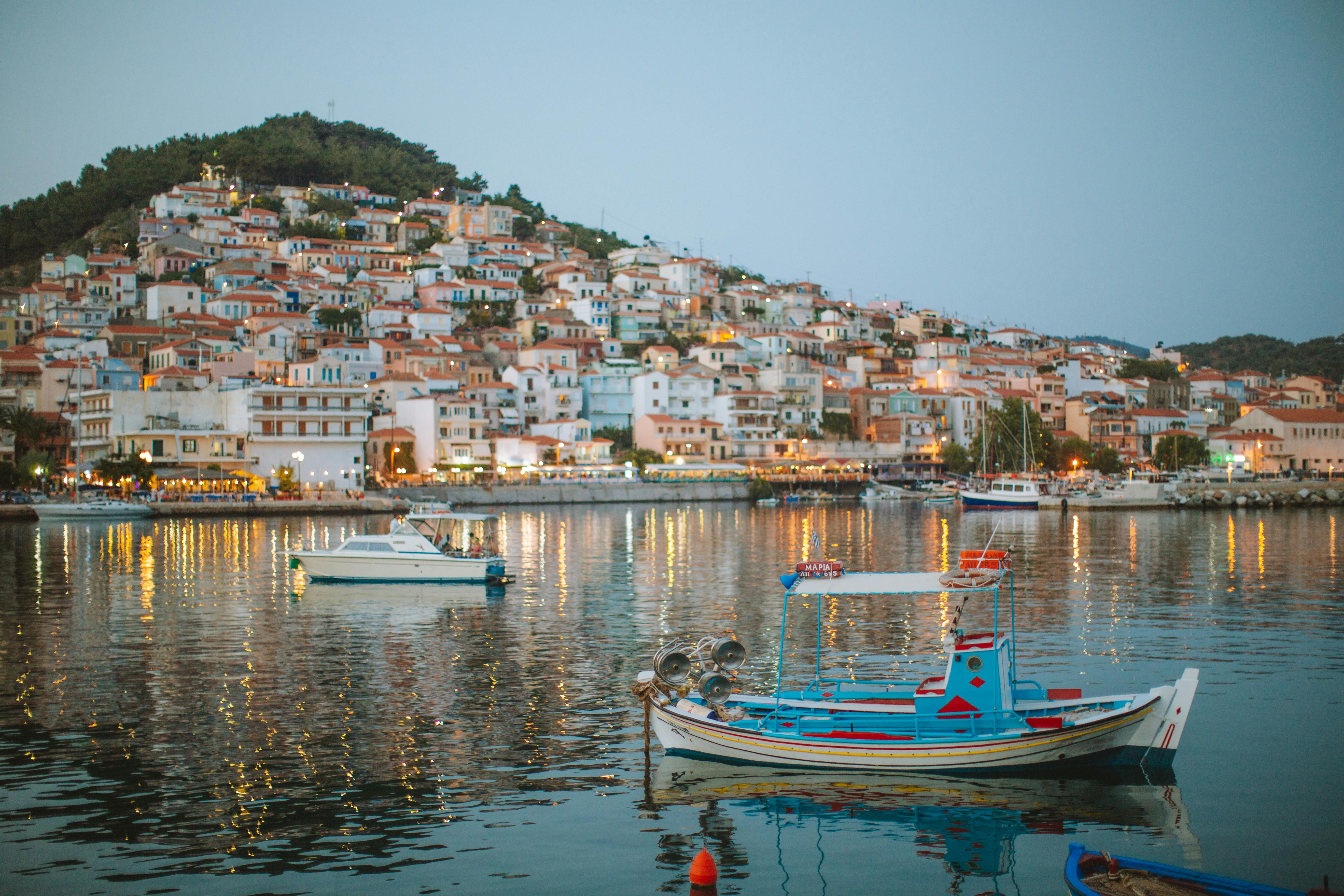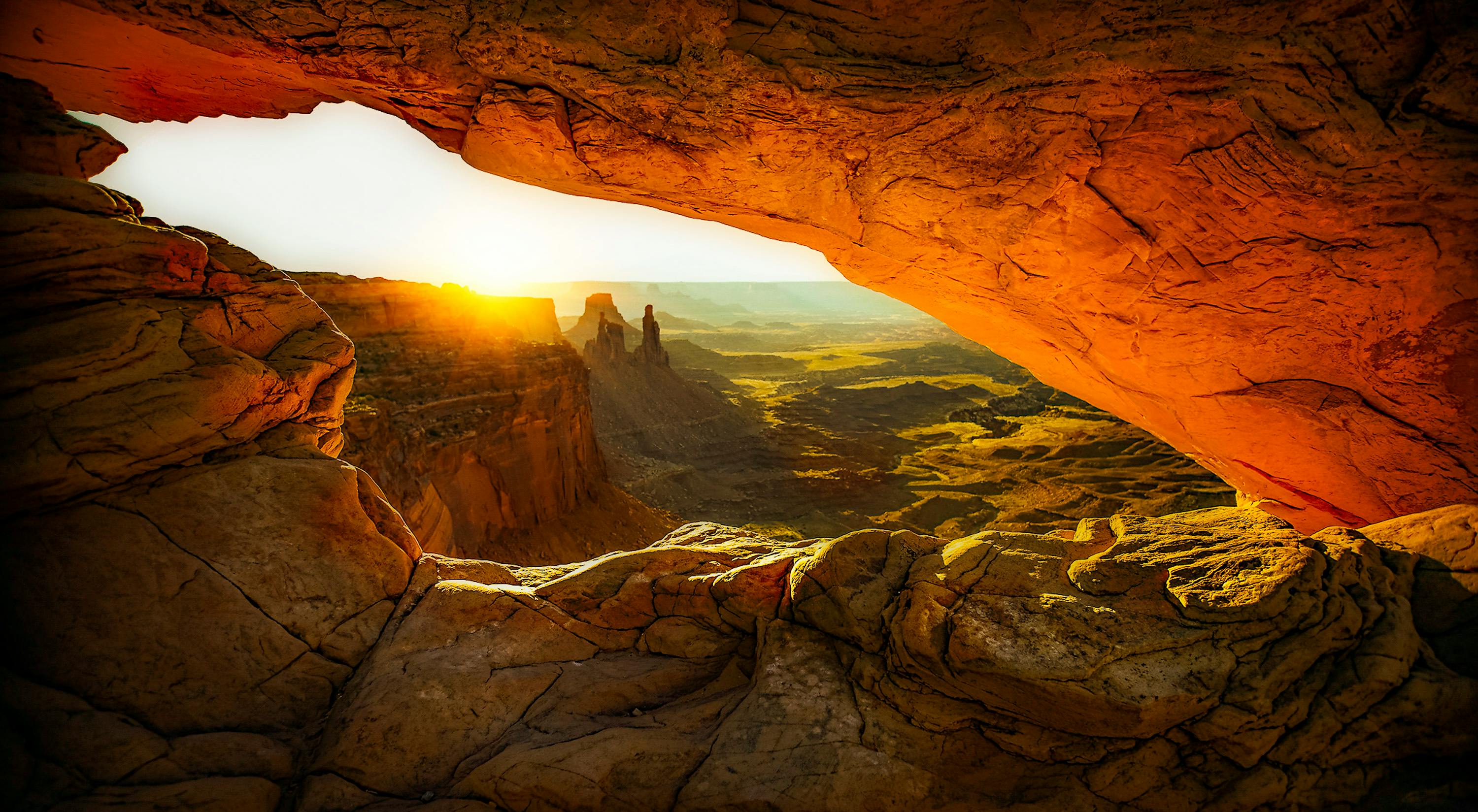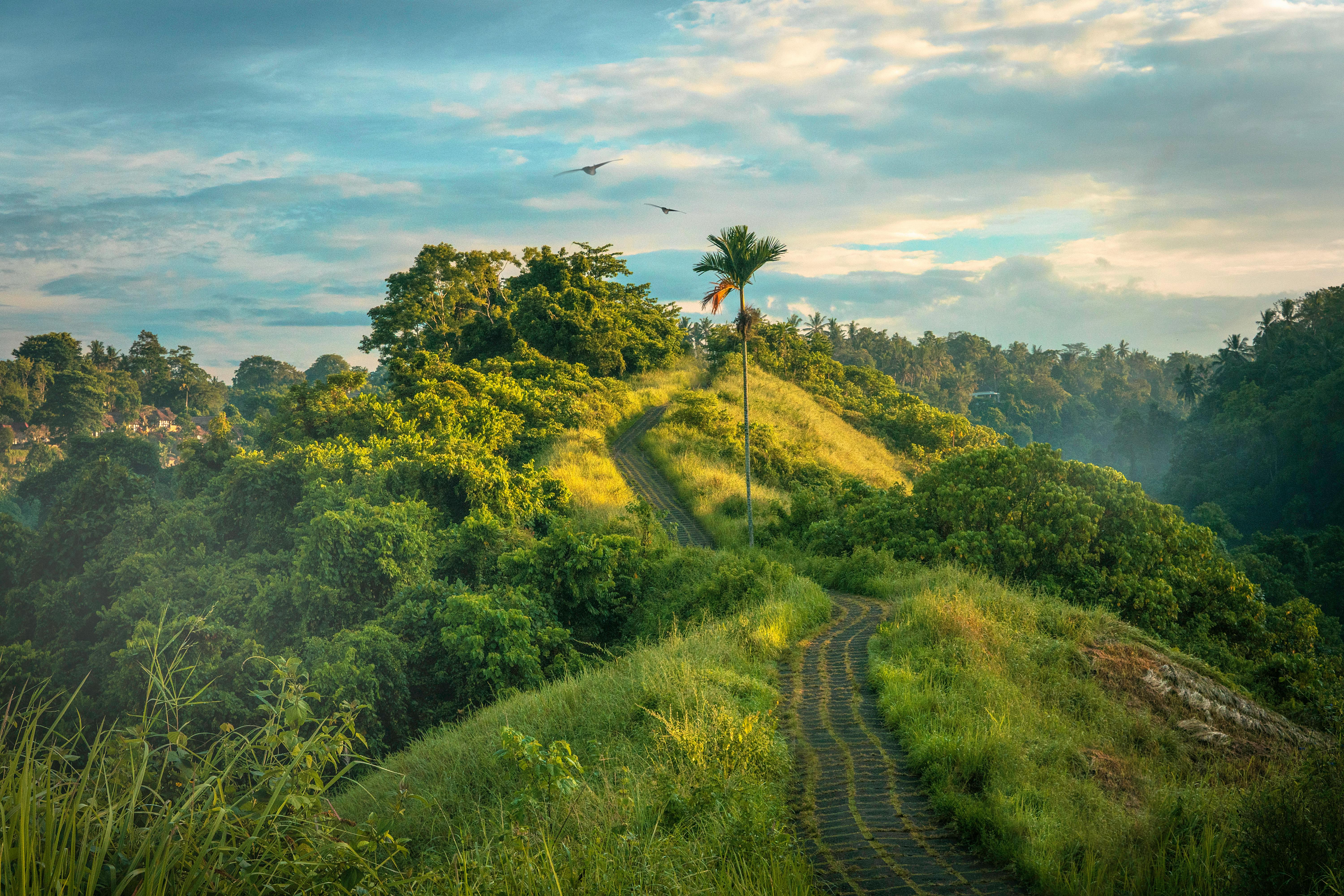Express trains running from Tokyo and extending as far north as Japan to Hachinohe are called Hayabusa, Hayate, Max Yamabiko/Max Nasuno/Yamabiko/Nasuno/Hayate with stops at some of the best places in the Tohoku region. The list of stations along this line, starting from Tokyo: Ueno, Omiya, Oyama, Utsunomiya, Nasushiobara, Shin-Shirakawa, Koriyama, Fukushima, Shiroishizao, Sendai, Furukawa, Kurikoma-Kogen, Ichinoseki, Mizusawaesashi, Kitakami, Shin -Hanamaki, Morioka, Iwate-Numakunai and finally Hachinohe. Since my focus for this post is food, nihonshu, seasons, and related shrines, I’ll only focus on what certain seasons have to offer in this regard.
In order to set the right mood, every time you ride one of these express trains, you should pick up a nice lunch box. Both the Tokyo and Ueno stations offer upscale lunch boxes, each featuring the local delicacy of these two cities. You have to order the really good ones as there may not be any in the display case, they sell out fast. The next station worth mentioning along this line would be Utsunomiya Station. From there, if you have a JR train pass, you can get off at this station and go down to MinMin, which is a famous gyoza place to rest without leaving the station building, and since this is where most of the tourists like to visit for gyoza, you are likely to discover a new flavor. Every time I’m here, I stop in for a good set of gyoza.
The next stop on this line is Nasushiobara in Tochigi, famous for its hot springs, cheese, and some good-tasting nihonshu; a recommendation would be Daina and Souhomare. After that stop, you have Shin-Shirakawa. Some of the best Fukushima-style ramen places are here, especially if you like wantan (dumpling) in your ramen. This is the city that also has my favorite candy store called Akebono’s. Koriyama is the next stop with its delicious mango cakes and sweets. One stop after this is a major stop at Fukushima Station, which connects to four other lines; Yamagata Shinkansen, Ou Line, Tohoku Line, Abukuma Kyuko and Fukushima Kotsu. From Fukushima station you can enjoy a nice super sento public bath that is built right in the station building near the back, and then enjoy a good cheesecake at the Italian Bistro, all of which are located at the station.
From Fukushima you pass Shiroishizao and after that station you arrive at Sendai, another important stop. Sendai station is really cool because they have some great restaurants located inside and outside the station. I recommend crossing the main intersection and heading towards where the neon lights are. There are several gyuton shops that offer this local specialty (beef tongue/gyuton barbecue), which actually aren’t that bad. I still get a little scared because it was the tongue and not the ass that I was eating last time. Sendai is the largest city in Tohoku with a history dating back 20,000 years. Even during the suppression of Western religions like Catholicism and Christianity during the Tokugawa reign, Catholicism flourished here even today.
As we progress, we come to Furukawa and Kurikoma-kogen, which are noted for their milky white sulfur onsen. The hotel I stayed at while I was there. A photo I took with an IZ-20 of his private bathroom. Something else worth mentioning is this dango and this here (the photos are on the blog).
Some other notable places along this line would be Iwate, which is famous for Chuson-ji Konjiki-do with its beautiful architecture, designs, and crafts. It is located about 9 minutes from Ichinoseki station. I’ve been there and it’s worth it for the photos alone. If you are interested in Buddhist architecture, this place is a must. Every Japanese once in his life must take a trip to this place before he dies. That’s a true saying, by the way… And, while we’re still in Iwate, Jodogahama would be the next best place to stop with its volcanic rock inlet created 52 million years ago, which according to some wise monks, resembles to the sky of Buddha. By far, this is the most exotic of all the beaches I’ve seen so far (entrance is just a fancy word for beach). Two hours from Morioka Station and 20 minutes by bus from Miyako Station you can reach this inlet by the sea. If you get hungry and want to enjoy seafood near this station, any place is good. My favorite place is called Bureko and it is run by an elderly couple who really took good care of me the whole time I was there.
After dinner, heading to Hanamaki Onsen is a must for the weary traveler with its geothermal hot springs. The famous Japanese writer Kenji Miyazawa wrote haikus about this place with its abundance of cherry trees and rose gardens. I personally have been to Hanamaki ten times; twice a year for five years and I could probably write things in this area that would excite the imagination, but I won’t for now, there’s no time. The next day, you can head to Koiwai Farms, which is the largest integrated farm in Japan dating back over 100 years. The nearest station is Morioka and 40 minutes by bus from there to the farm. I recommend only two things: The steak and the cheesecake!
The last notable stop would be Hachinohe, and from here you can visit the Hasshoku Center, which is about 9 minutes away by bus. Here you can find a wide variety of freshly caught seafood, including shark! I took a photo of a shark that had just been snatched out of the water. Finally, we have the Oirase Mountain Stream, which has a beautiful 14 km mountain stream surrounded by thick virgin jungle. From Hachinohe station; 1 hour 45 minutes by bus. The best time to visit would be between April and October. These suggested locations are just a small introduction to this vast region of the sky. I’ve listed six major destinations and a few minor stops that I feel pinpoint what I love about this area.



